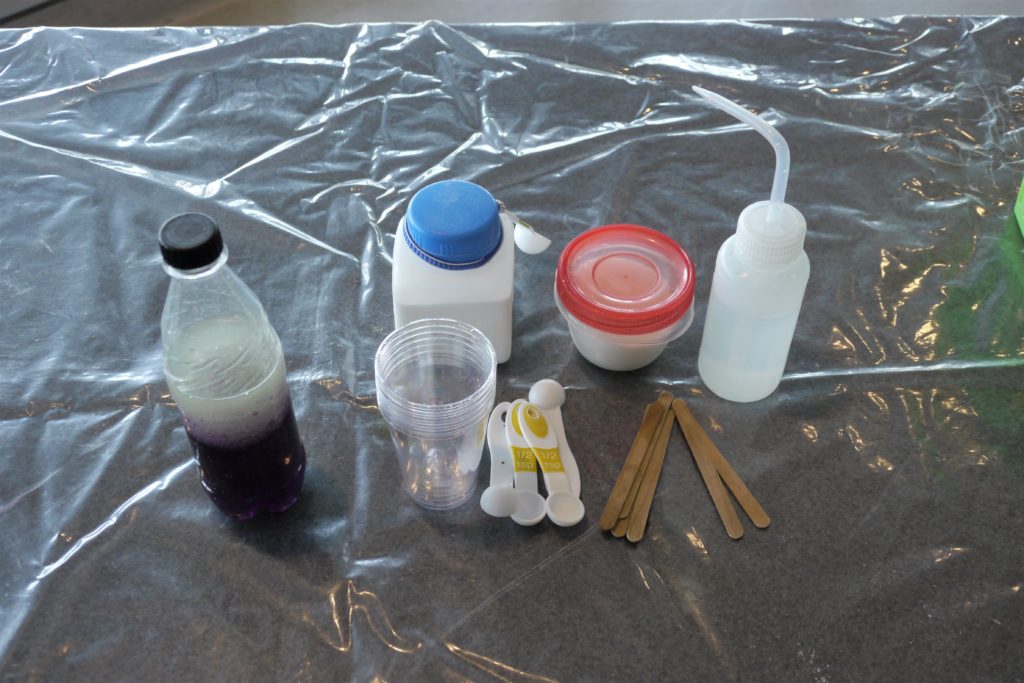In this activity, students will explore the process of deposition using photographs and examples from their daily lives.
The most typical example of deposition would be frost. Frost is the deposition of water vapour from humid air or air containing water vapour on to a solid surface.
Solid frost is formed when a surface, for example a leaf, is at a temperature lower than the freezing point of water and the surrounding air is humid. Snow is also deposition. The water vapour in the clouds changes directly to ice and skips the liquid phase entirely. This can only occur in freezing temperatures.
As is typical with a transition from a gas state to liquid or solid, thermal energy must be removed so the molecules will begin to slow down and come closer together. In order for the gas to change to a solid, the molecules must be able to lose a lot of thermal energy.
In clouds, water vapour is subject to extremely cold temperatures, and loses its thermal energy before it comes down. As it comes down to the surface of the earth, it becomes snow. Another example is the frost that is found on windows of the car on a very chilly day.
Teacher tip: As deposition is a difficult concept to demonstrate, you will likely have to guide the students by explaining what happens to the molecules during the state changes. Use the key words and real life examples to help students understand the importance of temperature in the process of deposition.

